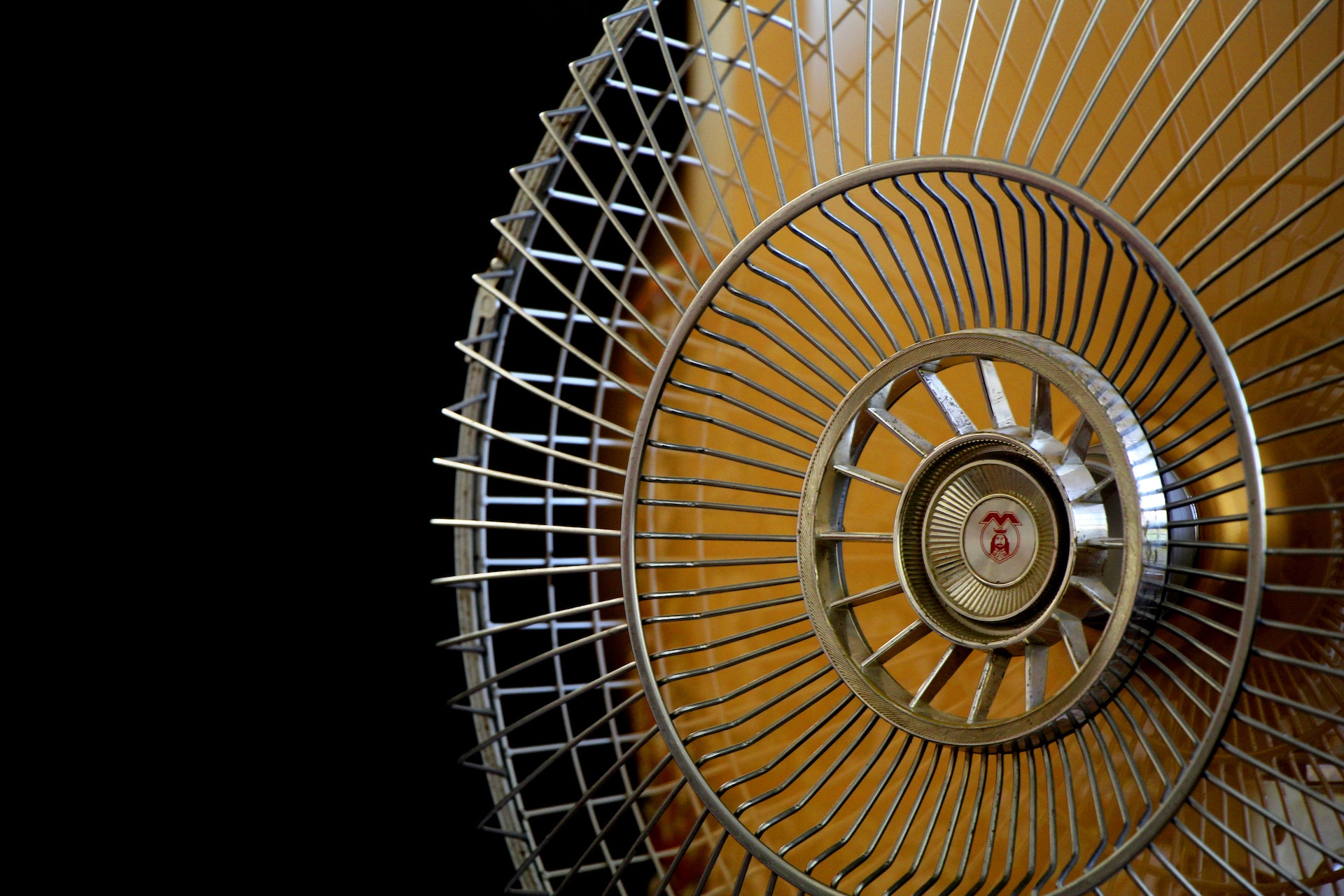How Does an AC Cool Space So Quickly?
Many people think that their air conditioners work by generating cool air, but they don’t. Air conditioners work like refrigerators. The only difference is that the fridge cools a small, insulated space while the air conditioning keeps bigger spaces cool, such as homes or offices.
Air conditioners function by eliminating the heat in the house or office and then disposing of the heat outdoors.
The Process of Cooling with AC
The air conditioning process is straightforward and repetitive. Air conditioners have three main parts: the compressor, condenser, and evaporator. Located on the outside of the AC unit are the compressor and condenser, while the evaporator is on the interior of the house.
The air conditioning unit has chemicals that help to turn gas into a liquid and back again swiftly. These chemicals convey the heat from the air inside the home or office to the air outside.
The cooling fluid flows into the compressor, pressing the fluid and packing the molecules closely together. When the molecules squeeze together, they create high temperatures and energy build-up.
How An Air Conditioner Moves Heat Outside
1. The Evaporator Coil Absorbs the Heat
Air conditioners use a cooling agent known as a refrigerant to absorb and transfer heat to the outside of the premises. Contained inside the coils, the refrigerant travels within a closed system from the inside of a home or an office to the outside and back in again, absorbing the heat from the air within the coils.
During this process, the passing air turns into a gaseous condition from liquid state and proceeds to move through the system towards the compressor. The metal fins on the AC that are all around the house also help dissipate heat quicker.
2. The Compressor Raises the Temperatures
The fluid flows into the evaporator. When the compressor squeezes the gas molecules at high pressure, it reduces their volume and turns the gas into a liquid. This process boosts the pressure and temperature of the cooling agent, refrigerant, to make it ready for the condensing process.
3. Heat Is Conveyed Outside
When the refrigerant leaves the evaporator, it is now in gas form, and the process restarts when it flows to the compressor. The compressor outdoors exposes this gas to the outside air. The outside air mixes with the refrigerant, reducing the temperature and changing it back into liquid.
4. The Refrigerant Goes Cold, And the Process Is Repeated
The now cool refrigerant moves back indoors towards the evaporator, and the cycle repeats itself. This cycle happens until the space gains moderate temperatures. At this point, the thermostat may instruct the AC to turn off since the interior temperature has reached the desired level.
SEER Rating and Pricing
AC systems are different based on how strong they run and how much energy they use. Seasonal Energy Efficiency Ratio, or SEER, measures the efficiency of air conditioners.
The lowest SEER is 14, but it can usually go up to 20 SEER.
Units with different SEER ratings have different pricing. The higher the SEER rating, the more efficient the system. An efficient air conditioning system saves you money on your energy bills.
To better understand SEER ratings and the air conditioning process, Triangle AC is here for all your heating and cooling needs since 1952. We specialize in HVAC cooling, heating, smart thermostats, and air duct needs.





